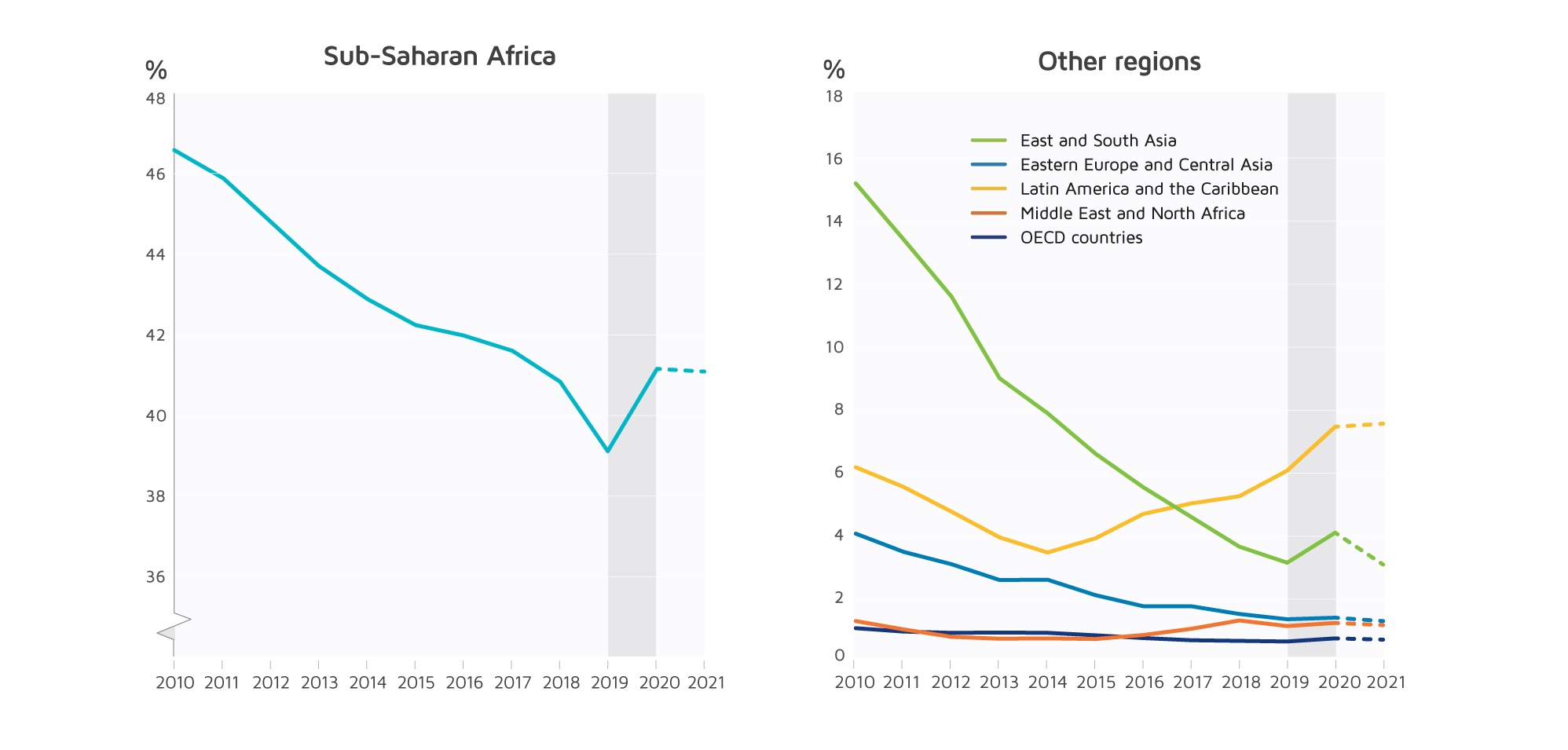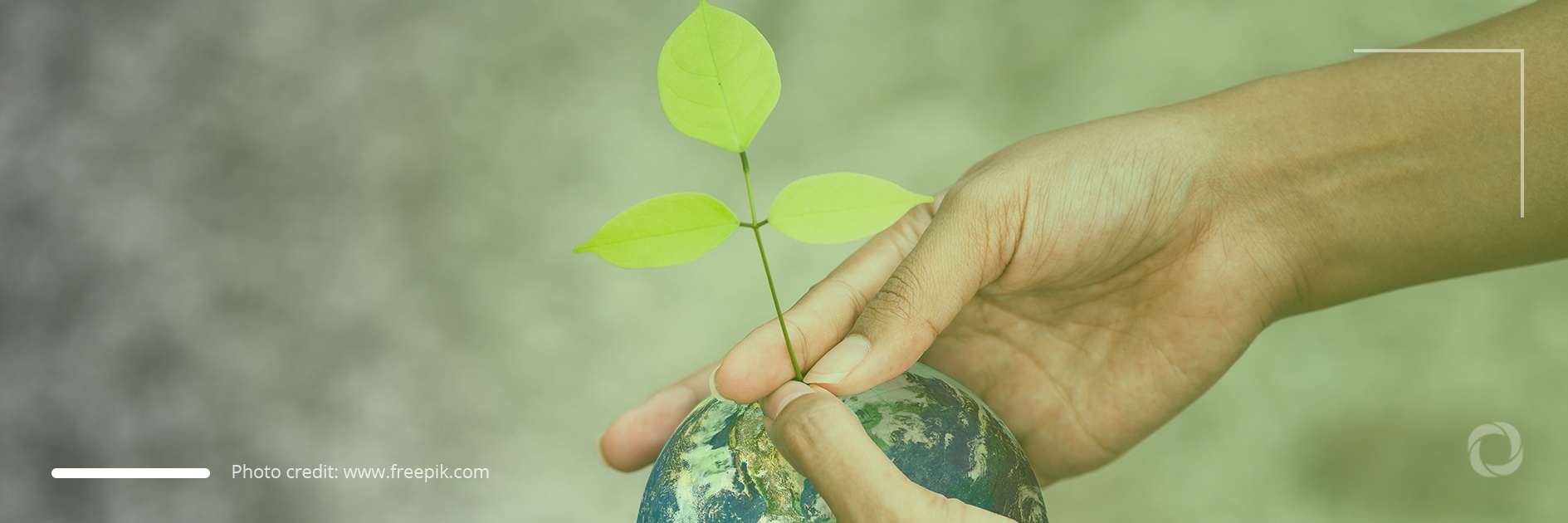Back in 2015, the United Nations (UN) launched The Sustainable Goals (SDGs) program, also known as the Global Goals. The 17 interlinked objectives, discussed and agreed upon by countries’ leaders, were designed to be a “call to action to end poverty, protect the planet, and ensure that by 2030 all people enjoy peace and prosperity”. However, even before the coronavirus pandemic hit the world in 2020, the international community and UN member countries were behind on the achievement of the proposed SDG targets. With the pandemic causing an immense setback for weaker economies, international donors and the richer states, along with developing nations, have been urged by the UN to push investments in social protection and green economy to get the development goals back on track. Today, as countries are rolling out vaccination campaigns to slow down the COVID-19 pandemic, is a good opportunity to think about where the world stands on achieving Sustainable Development Goals.
The SDGs are universal in nature and aim to be relevant to all countries independent of their level of socio-economic development. Nonetheless, the UN members have committed to prioritizing the implementation of SDGs in countries that are least developed. A recent report on Sustainable Development highlights that the COVID-19 pandemic has had a detrimental effect on the SDGs progress and calls for international actors to increase global liquidity, enhance the lending capacity of multilateral banks and prepare effective recovery plans.
Fig.1. The 17 Sustainable Development Goals

An overview of the SDGs progress in 2021
The COVID-19 pandemic has impacted the progress of sustainable development in terms of economic, social, and environmental dimensions causing the biggest drop in the average SDG global index for the first time since 2015. The most important catalysts for this situation are considered to be the rising rates of poverty and unemployment at the global level. Moreover, there is a great risk that the inequalities between rich and poor countries will widen even further due to the differences in the rate of vaccination and access to the financing necessary for economic recovery.
Fig.2. Dynamics of poverty rates by region

The 2021 SDG Index places Finland at the top of the list with a score of 85.9, followed by Sweden with 85.6 and Denmark with 84.9. Interestingly, all the countries in the top 20 are OECD members apart from Croatia. At the opposite end, the Central African Republic shows the lowest score of the SDG Index with only 38.3, just below South Sudan with 38.9, and Chad which has a score of 40.9. Bangladesh tops the list of countries that has increased their SDG Index score the most compared to 2015 by showing a gain of 4.2 points, followed by Côte d’Ivoire with 4.1 points and Afghanistan with 4 points. On the other hand, Venezuela has dropped 5.1 points since 2015 followed by Tuvalu which decreased by 0.9 points, and Brazil by 0.7 points.
Fig.3. The 2021 SDG Index scores: 20 countries that scored the most/least
Source: Sustainable Development Report 2021, The Decade of Action for the Sustainable Development Goals. Cambridge Univerity Press.
Achieving the UN’s Sustainable Goals requires a significant scaling-up of public investments from all countries, the report argues. The ongoing pandemic crisis has highlighted the limited capacity of the least developed countries (LDC) to mobilize internal resources and access external funding on equitable terms. In order to promote even progress in relation to the SDGs, international actors will have to assist LDCs to develop sound fiscal policies that can increase national incremental spending and enable LDCs to borrow externally at a similar scale and terms as developed countries do. Moreover, the authors of the Sustainable Development Report 2021 suggest that multilateral development banks (MDB) will have to enhance their lending capacity and increase the levels of global liquidity. MDBs are also seen as key actors that can contribute to achieving the SDGs in the least developed countries as the former are equipped with the knowledge and expertise to simultaneously handle a large number of complex projects in various sectors.
Recovery from the setbacks caused by the pandemic will require a universal and bold approach from actors at all levels, suggests the United Nations Development Programme (UNDP). Governments and international organizations will have to foster targeted investments in governance, social protection, the green economy, and digitalization while aligning to the UN’s ‘SDG Push’ context which aims to reduce the number of people living in extreme poverty by 146 million by 2030. On the other hand, citizens and civil society are expected to aim to change their consumption behaviors in terms of food, energy, and water while participating in the efforts to rebalance the relationship between nature, climate, and the economy.
DevelopmentAid is the leading provider of business intelligence and recruitment tools designed to assist those active in the development sector. Join today and gain access to exclusive information on the upcoming funding opportunities (tenders and grants) from the largest bilateral and multilateral donors.

